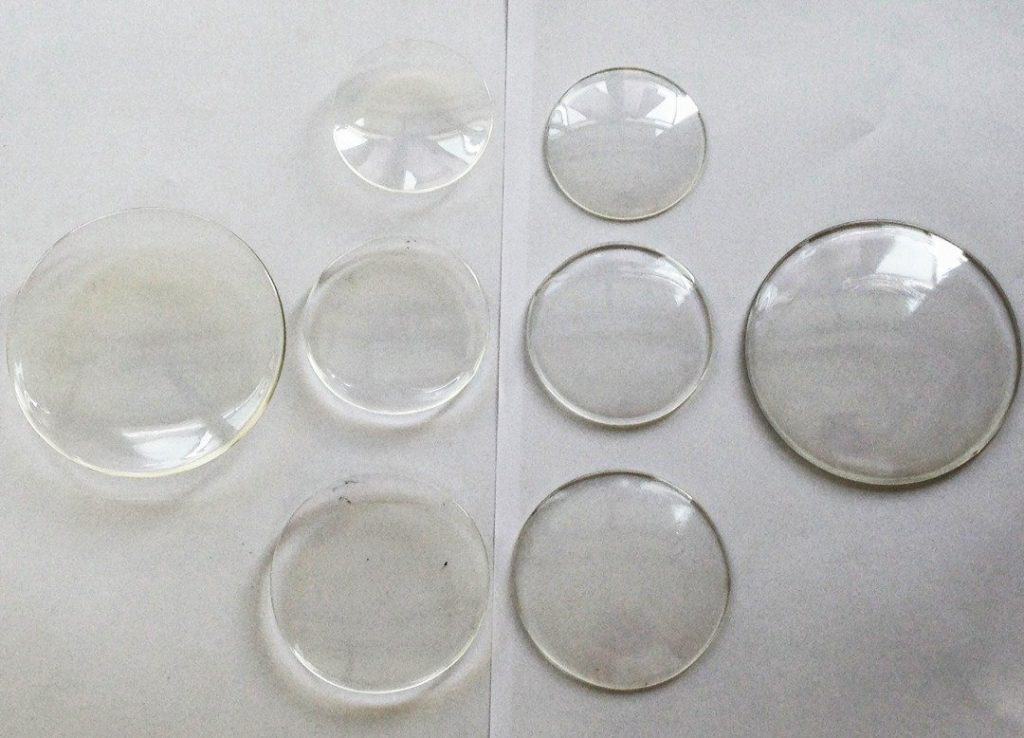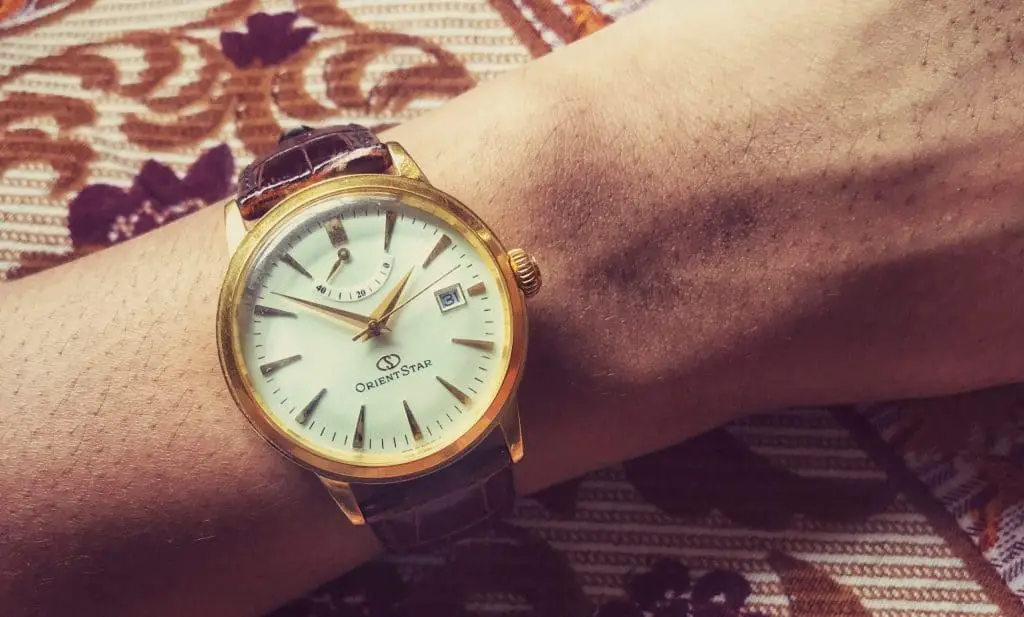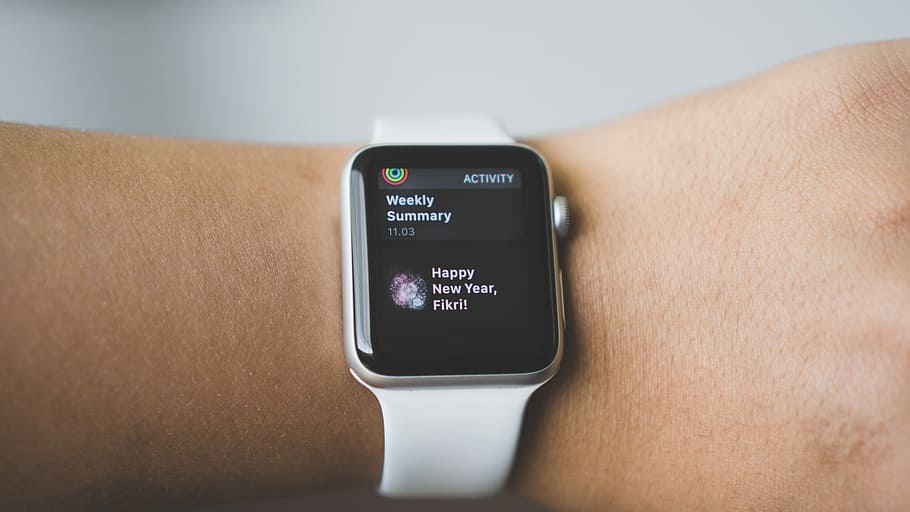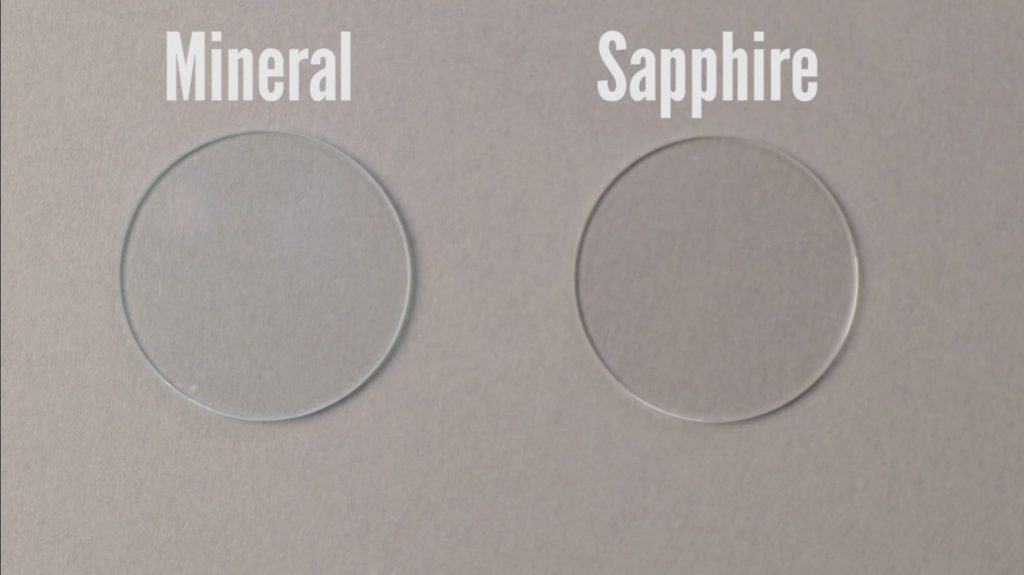Let’s be honest about it, about 90% of the people wearing wristwatches do not have a clear concept on the types of watch glass. And here’s the shocking revelation- most of them don’t even care! I mean, as long as the glass looks shiny, clean and gives you a clear view of time, why bother with the watch glass?
As much as the lazy and procrastinating mind disagrees, it’s high time we started to care. Because a little knowledge about these little shiny particles can save you a good lot of money and, quite obviously- time. It’s all about your watch after all!
But before we dive straight into the world of sleek watch glasses, time to understand why you should really choose one and not randomly pick any watch glass. The reasoning is pretty simple and straightforward as you would want a watch glass that is scratch-proof, durable, affordable, and asclear as the sky. Problem is, you don’t always get all of them in one package.
The cheaper watch glasses are generally less susceptible to impacts than the expensive ones- but are almost never scratch-proof. So the problem remains- and the only way to resolve it is for you to understand the types of watch glasses.

Watch glass types: how many are there?
While there are a good lot of watch glasses aka watch crystals available throughout the world, generally there are three common types:
- Acrylic Crystal Glass
- Mineral Crystal Glass
- Sapphire Crystal Glass
Acrylic Crystal Glass
Believe it or not, at some point in our lives, most of us have worn watches with Acrylic Crystal. It is, indeed, one of the most common watch glasses out there, mostly because of its affordability.
People might initially question its existence in the watch glass world- because technically Acrylic Crystals aren't glass, it’s more like specialized plastic, craftily contoured over the watch dial.
Since these are not made of actual glass, they are very lightweight and efficient. Kids are more susceptible to damaging and scratching their watches, and Acrylic gives them the chance to do so. It’s incredibly cheap after all!
The glass is probably one of the weakest of the three with minimal scratch resistance, but it surprisingly has a very high impact resistance- making it the perfect choice for your children. They don't crack easily and the scratches initially wear off by proper cleaning, so that’s another plus.
However, if you’re a mature adult and looking for a more professional watch glass- then you might try to overlook this one.
Pros
- Incredibly affordable
- The scratches can be easily buffed out
- Highly impact-resistant
Cons
- Not scratch-proof at all, multiple scratches could ruin dial visibility
- Doesn’t give off a professional look
- Lack of Longevity
Mineral Crystal Glass
They are everywhere. You look through the window- the glass used in your window is Mineral Crystal. You have a quick gaze at your mirror- and guess what? It’s mineral crystal glass yet again. Yes, this is indeed the most common form of watch glass throughout the world, and deservingly so.
The medium price point and far more longevity than the Acrylic ones give it immense popularity and an edge over most other watch glasses. The biggest usage of watches these days are for basic, regular uses- and Mineral Crystals give off that perfectly balanced ‘not too fancy, not too cheap’ vibe.
They are much more impact and scratch-resistant. However, unlike the Acrylic ones, you can’t buff out the scratches. Here's a picture from our Orient Star Classic review.

Some of these glasses include an anti-reflective or AR coating that enhances your readability in the harshest of conditions. However, if put under extreme situations the glass may well shatter.
If you’re looking for an affordable watch glass for your everyday use- this should be your pick. And for watches, check out our list of best watches under $500 for some sleek-looking affordable watches!
Pros
- Much more scratch and impact-resistant than Acrylic Crystal
- Are often coated in AR coating
- Looks much better on the watch case than on Acrylic ones
Cons
- Cannot be repaired or polished if damaged
- Can chip a corner if faces a hard impact
Sapphire Crystal Glass
Now, the premium choice. The executive watch glass. Sapphire Crystal Glass is what we can call an aristocrat’s choice. The swagger, the hardness, the incomparable scratch resistance, the class is worth every penny.
Any confusion about the durability? Let’s just say, Sapphire is the second hardest material on earth after diamond- so unless you have a diamond saw- you can’t simply put a scratch on it. To sum it up, it's one of the best options as far as watch crystals are concerned.
At this point you must be thinking- why even bother about the other two, let’s just go for the Sapphire one and get done with it! Honestly, that’s what we thought too. Then we checked the price. Yes, they are very expensive.
The designer watches with fancy price tags often contain Sapphire crystals- and that’s that. It’s not easy to cut through the second hardest substance on earth and fit it for a watch after all!

Surprisingly enough, even after all these durability checks, these glasses may shatter when they are faced with heavy impacts. Fear not though- by the heavy impact, I meant if it falls off the cliff of a mountain or if you throw it from your rooftop. If you’re not in the mood for that, you should be just fine.
Pros
- Second-to-none scratch resistance
- Excellent anti-reflection coating
- Gives off an elegant and premium vibe
Cons
- Quite expensive
- Repairing isn’t an option if damaged or shattered
- Might shatter upon heavy impacts
Now that we know the three most common types of watch glass, let's discuss how you can figure out which one is your preferred one.
How to Identify the Different Types of Watch Glass
To be very honest, if you’re buying the watch glass from any renowned shop or a reliable brand, there are clear-cut instructions about the types of glasses. You can’t get confused even if you want to!
The thing is, you might just not be lucky enough to get such trusted shops- so you need to know how to identify or differentiate between these three glasses.
The easiest possible way to figure out if the glass is acrylic is to put it on your cheek. Acrylic is generally warm whereas the other two are cold.
The problem occurs with differentiating between the mineral and sapphire crystals since they look pretty alike.

The process of differentiating without professional help is never a foolproof one, but you can try one of the following two processes-
First, you can put water drops on the glass. If the drop stays as it is, in drop shape- it is most likely Sapphire, and if it spreads, it is Mineral.
Second, You can try tapping your fingers on the glass- if the sound is low-toned and solid, it is most likely Sapphire. If the sound is high-toned, chances are that it is a Mineral Crystal.
Final Words
End of the day, the decision to choose a particular watch glass depends on your preference and usage. If you’re an executive running for board meetings now and then- nothing less than a Sapphire glass would suit you.
Similarly, if you’re a college student trying to look cool- Mineral glass can be your getaway at looking super sleek. It all depends on the circumstances, and we hope after going through this blog you will surely understand when to choose which one.
We hope the information was of help to you. Best of luck with choosing the right watch crystal for your timepiece- happy shopping!

